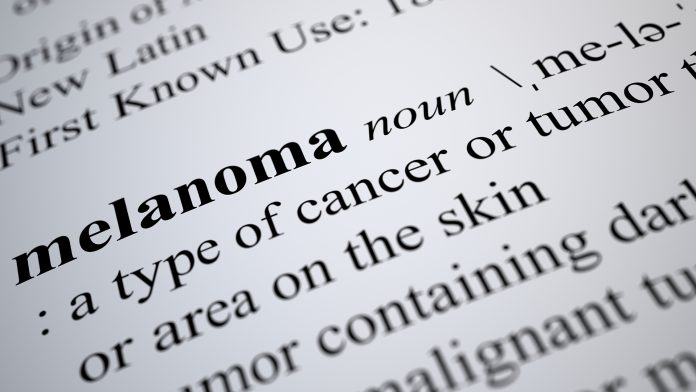
A new report highlights the different areas in the field of melanoma research, showing that immunotherapy is the most prominent topic and reveals the countries that are driving this research.
The study, “Melanoma Research Insights: Impact, Trends, Opportunities”, released during Skin Cancer Awareness Month by information analytics business Elsevier, maps and analyses academic melanoma research globally between 2013-2018.
Findings in the report highlight that melanoma research accounted for 4-5 percent of all cancer research output globally over the past two decades, with just under 50,000 melanoma research papers published between 2013 and 2018, suggesting more investigations can be conducted.
Creating a bird’s eye view
“Melanoma remains a growing issue for healthcare systems around the world and the global research community appears to be responding well to an increased demand to implement promising treatment areas, such as immunotherapy,” said Maria de Kleijn, SVP Analytical Services, Elsevier.
“Our report into the research ecosystem surrounding melanoma is designed to create a birds eye view of the status of melanoma research and its treatment, whilst also surfacing unexplored topics for further study.”
Immunotherapy, treatment of cancer with substances that strengthen the body’s natural immune response, is the most prominent topic within melanoma research, accounting for 4.9 percent of papers published between 2013 and 2018.
Specifically, research has centred around newly developed immunotherapies, such as nivolumab, ipilimumab and lambrolizumab. The top 10 immunotherapy papers include research on both monotherapies, or single-drug therapies, and drug combinations. While most melanoma research is taking place in medicine, the field of computer science is also making an impact, particularly in melanoma diagnostics.
Report highlights: Findings related to skin colour and melanoma
Of the top 10 countries by research output:
- Five were European (Germany, Italy, UK, France and Spain), collectively accounting for 15,688 papers published
- When research is compared to the rate of melanoma at a country level, only Australia and Germany from the top 10 countries in terms of melanoma rates are also in the top 10 most active countries engaging in melanoma research
- Northern and Central European countries are among some of the most common places where melanoma is diagnosed, however, they did not appear in the top 10 list of countries engaged in the research of the cancer.
Further findings
- Despite being more at risk of dying from melanoma, there is a gap in the knowledge on strategies to prevent and detect melanoma in darker skinned people
- The small amount of research conducted into the experience of dark-skinned people who develop melanoma, has also revealed ethnic and racial gaps in the research literature. These gaps include an unclear definition of ethnic minorities; false assumptions among dermatologists that ethnic minorities are less at risk for UV-induced skin cancer; and false beliefs among ethnic minorities that dark pigmentation protects against skin cancer
- Although dark-skinned people are less likely than light-skinned individuals to develop melanoma, those who do develop the disease face a significantly higher risk of mortality, with five-year survival ranging from 72 percent for African Americans to 81 percent for Hispanics – compared to close to 90 percent for Caucasians (based on US studies).






















